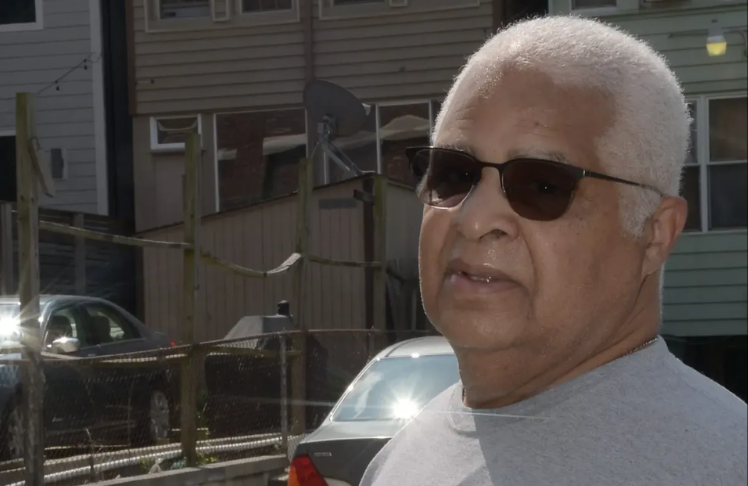
By Kayla Benjamin
First of a Two-Part Series
Frank Cole’s most recent electricity bill was $1.52. But before he installed solar panels on the roof of his Petworth home, he remembers paying upwards of $400 a month.
“We got a nice flat screen television, took a couple of vacations here and there,” Cole said, laughing while recalling what he and his wife have been able to do with the money they’ve saved.
“And we’re able to go out every now and then to get a bite to eat,” he said.
Cole installed rooftop panels four years ago through the city government’s Solar for All program, which helps income-qualifying households access solar energy at no cost. The program has options not only for homeowners like Cole but also for renters and people living in multi-family buildings.
Even for those who don’t qualify for Solar for All, an income-restricted program, District residents can save on energy by going solar – the city has one of the nation’s best solar energy markets.
But in D.C. as in the rest of the country, low-income residents and people of color have been disproportionately shut out of the solar market. Solar for All has helped address some of that inequity as Ward 8 now leads the District in solar energy production by megawatt.
But NAACP DC Branch President Akosua Ali pointed out that it’s only part of the solution.
“Solar for All is really designed for low- to moderate-income households within the District, so it neglects addressing the middle class,” Ali said. “Without providing affordable solar solutions to middle class residents, it further exacerbates the Black wealth gap.”
Solar energy, like many home improvement investments, perpetuates wealth inequality because households with capital to spend on the upfront cost of installation end up saving money over time. However, the cost of solar panels has plummeted in the last decade and options exist for nearly anyone to tap into solar energy opportunities, even if purchasing panels outright isn’t in the cards.
Solar for All
Sylvie Simo, a Cameroonian immigrant and former nurse, counts as another homeowner who received free solar panels as part of the Solar for All program after struggling with energy bills as high as $500 a month.
“I have two children who have asthma, so when it’s too hot, they cannot stay without air conditioning,” Simo said. “My A/C was on 24 hours a day.”
Joining Solar for All in 2020 granted Simo’s family breathing room and now her energy bills have dropped to less than $100 a month.
Currently, about 6,500 District residents participate in Solar for All, and the Department of Energy & Environment (DOEE) hopes to reach 100,000 total households by 2032. But most of those enrollees won’t be single-family homeowners like Cole and Simo. The Solar for All program also offers renters access to “community solar” where subscribers receive cheaper energy from shared solar facilities located throughout the District.
“Anyone with a Pepco account can receive solar benefits because we’re all connected into the same system,” DOEE Energy Program Specialist Jennifer Johnston said.
Just like participants in the single-family side of Solar for All, community solar subscribers pay nothing to join and save roughly $500 a year on their energy bills. The income limit to qualify for Solar for All depends on household size but starts at $79,500 for a single-person household or $91,100 for a 2-person one. Qualifying for certain other benefits also makes residents eligible for Solar for All (the complete list can be found on DOEE’s website).
Private Community Solar Option for Renters
As Ali pointed out, most D.C. government efforts to help households access solar energy focus on low-income residents only. But privately-run community solar options exist outside of Solar for All in both the District and Maryland, though they don’t usually knock off nearly as much money from users’ bills.
“The way it works is that customers subscribe to a local solar project and then as that project generates power, they earn credits on their bill,” said Richard Caperton, vice president of policy and market development at clean energy software firm Arcadia.
In Arcadia’s community solar model, subscribers’ monthly fee is calculated as a percentage of what users saved on their energy bill.
“So, if the customer gets $100 in credits, they would pay, say, $90 for the month,” Caperton said.
Different community solar programs will have different payment structures and as with any subscription, consumers should read contracts carefully before signing up. Groups like EnergySage and Solar United Neighbors offer online resources and free consultations to help people understand solar contracts.
This article is the first of a two-part series on accessing solar energy. For information about ways to lower the cost of purchasing or leasing rooftop solar for homeowners, check next week’s edition.
This post was originally published on The Washington Informer.















